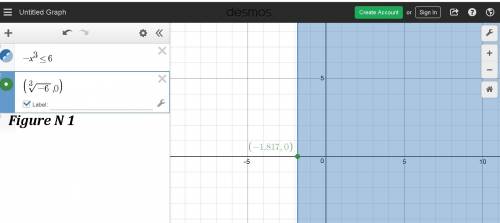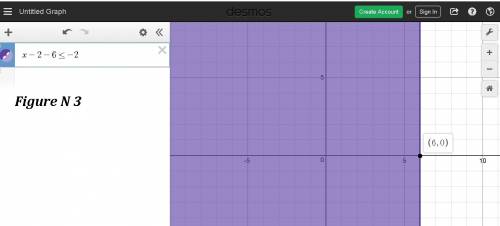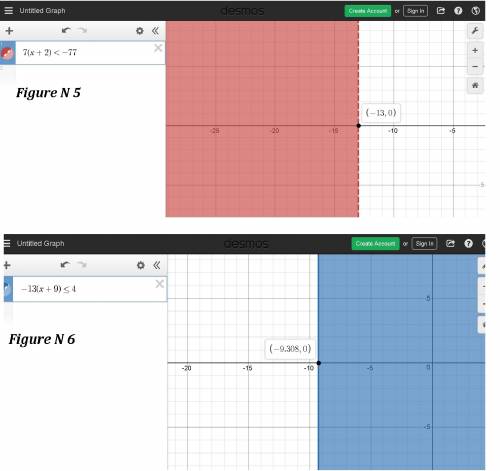Part 1) ![r\geq \sqrt[3]{-6}](/tpl/images/0353/9833/9ec57.png)
Part 2) 
Part 3) 
Part 4) 
Part 5) 
Part 6) 
Step-by-step explanation:
Part 1) 
Multiply by -1 both sides

![r\geq \sqrt[3]{-6}](/tpl/images/0353/9833/9ec57.png)

The solution is the interval -------> [-1.817,∞)
The solution in the attached figure N 1
Part 2) 
rewrite

Multiply by -1 both sides



The solution is the interval--------> (0.09,∞)
The solution in the attached figure N 2
Part 3) 
combine like terms

Adds 8 both sides


The solution is the interval--------> (-∞,6]
The solution in the attached figure N 3
Part 4) 
Adds 5 both sides


Multiply by -1 both sides

Divide by 2 both sides

The solution is the interval--------> (-7,∞)
The solution in the attached figure N 4
Part 5) 
applying distributive property left side

Subtract 14 both sides


Divide by 7 both sides


The solution is the interval--------> (-∞,-13)
The solution in the attached figure N 5
Part 6) 
applying distributive property left side

Adds 117 both sides


Divide by -1 both sides

Divide by 13 both sides


The solution is the interval--------> [-9.31,∞)
The solution in the attached figure N 5



















